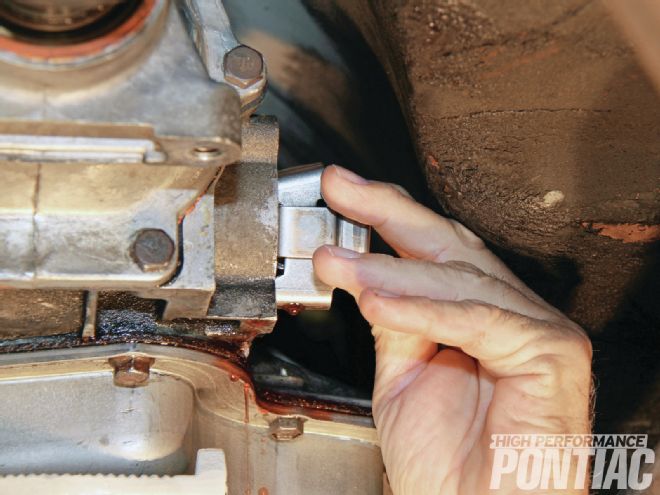
Whether you prefer your Pontiac be equipped with an automatic transmission or a manual, nothing feels better than a positive high-rpm upshift into Second gear that chirps the tires while accelerating at full throttle. It’s easily achieved with a manual transmission since the driver can upshift at any desired rpm, but automatics are considerably different.
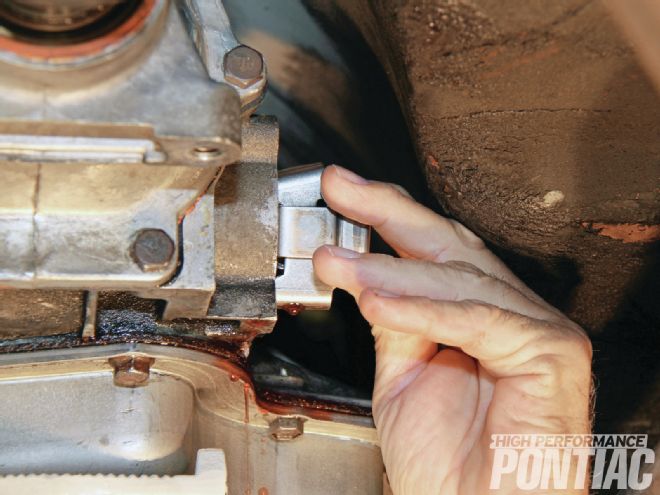
An automatic transmission is designed to upshift automatically at a preprogrammed engine speed. The full-throttle shifts from the Turbo 400 in our ’72 Firebird have always occurred at a very low rpm. We remedied this by shifting manually at much higher speeds during spirited driving, but we thought leaving the selector in Drive and letting the transmission shift for itself would be much more consistent, and might reduce overall wear.
TCI Automotive offers a Governor Recalibration Kit that’s designed to allow owners to adjust full-throttle upshift speed of any Turbo 350, Turbo 400, or 700-R4 transmission. We decided to use one to modify our Turbo 400’s governor and improve its performance feel on the street. It took us a few tries over the course of a weekend to get the shifts exactly where we wanted, but we accomplished it, and here’s how!
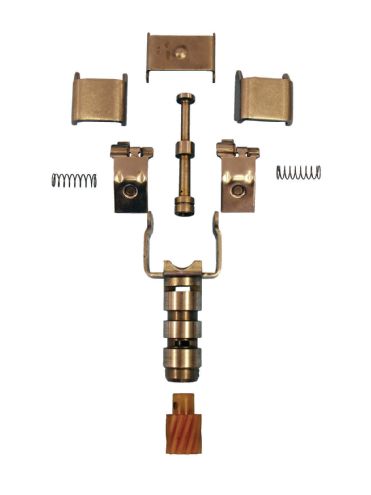 1 The governor within an automatic transmission is responsible for full-throttle upshifts. The small weight and springs can be modified or replaced to increase or decrease the engine rpm at which shifts occur. TCI Automotive can provide new replacements for most any of those shown here should you find your original is damaged or worn.
1 The governor within an automatic transmission is responsible for full-throttle upshifts. The small weight and springs can be modified or replaced to increase or decrease the engine rpm at which shifts occur. TCI Automotive can provide new replacements for most any of those shown here should you find your original is damaged or worn.
Our Subject Pontiac
Our ’72 Trans Am is equipped with its numbers-matching 455 H.O. engine and code-PQ Turbo 400. When new, the transmission was likely programmed to upshift just past 5,000 rpm at full throttle. It had already been modified by the time we purchased it, and the Second- and Third-gear upshifts both occurred just beyond 4,000 rpm. The shift speed prevented the large-cube Pontiac from winding out in each gear, and that significantly limited acceleration and overall feel on the street.
After trying another Turbo 400 governor that had shifted much higher in its original application without any luck, we decided the best way to increase the shift points was to modify the existing governor. TCI Automotive’s Governor Recalibration Kit (PN 326500) includes a number of weights and springs, and allows an owner to fine-tune the transmission shift points. It sells for $55 and is available directly from TCI or through any number of mail-order retailers. Ours was to us within a couple of days.
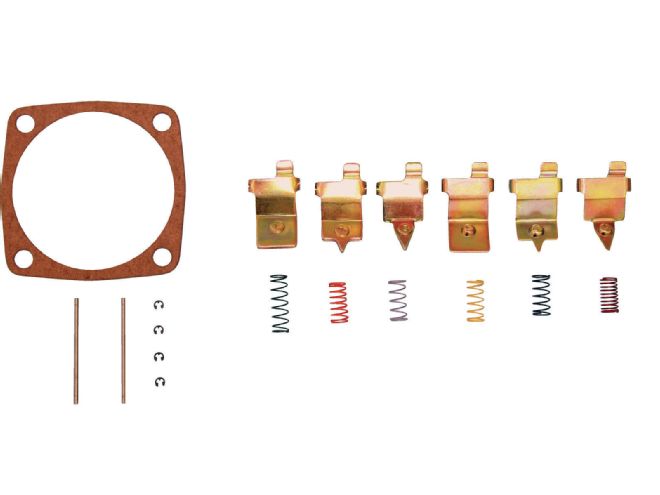 2 TCI Automotive offers this Governor Recalibration Kit that allows for quick and predictable governor adjustments. Part no. 326500 retails for about $55 and is readily available from a variety of sources.
2 TCI Automotive offers this Governor Recalibration Kit that allows for quick and predictable governor adjustments. Part no. 326500 retails for about $55 and is readily available from a variety of sources.
Establishing a Plan
Before performing any modifications to the governor, we first needed to determine exactly where our Turbo 400 was shifting in Drive. We found an open, unpopulated area where we could drive the car without worrying about colliding with other motorists or pedestrians. We strongly recommend that you do the same!
Wheelspin and/or accelerating uphill or downhill can also alter how quickly the engine revs, subsequently affecting upshift speed by about 100 rpm. A flat surface will yield the most accurate results. We found a suitable stretch of flat road and came to a complete stop. We then rolled into the throttle until it was wide open while closely monitoring the tachometer. The full-throttle shift into Second gear occurred at 4,100 rpm.
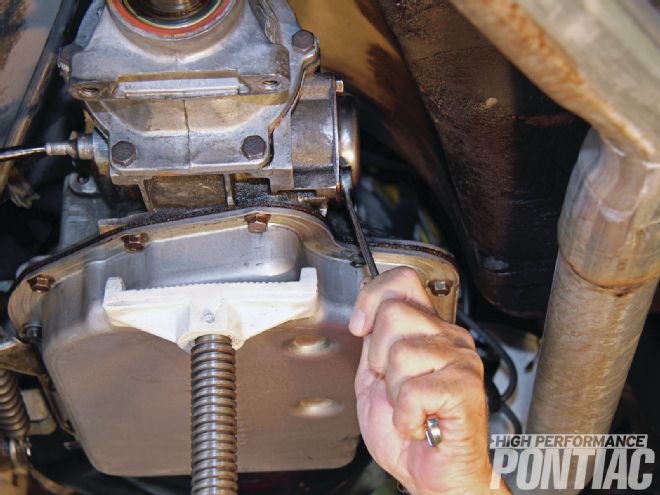 3 On a Turbo 400, the governor is located behind a stamped-steel plate on the passenger side. Be prepared for transmission fluid to drip out as its four bolts are removed using a 1⁄2-inch wrench. It’s a good idea to clean the entire area with solvent before removing the cover to prevent any dirt or grime from entering the transmission.
3 On a Turbo 400, the governor is located behind a stamped-steel plate on the passenger side. Be prepared for transmission fluid to drip out as its four bolts are removed using a 1⁄2-inch wrench. It’s a good idea to clean the entire area with solvent before removing the cover to prevent any dirt or grime from entering the transmission.
Since its impractical to find an open area where you can wind out your Pontiac through First and Second gear, we found an open stretch of highway where we could floor the accelerator pedal while traveling at about 50 mph. As expected, the engine kicked down into Second gear and the upshift into Third gear occurred at about 4,300 rpm. With a solid baseline established, we recorded these numbers and headed to the garage.
Past chassis-dyno testing has revealed that our Trans Am’s 455 H.O. reaches peak horsepower around 4,800 rpm. Most racers will tell you that shifting about 10 percent past the horsepower peak yields best performance. Considering our 455 H.O. still uses stock cast rods and the Trans Am spends all its time on the street, we decided that a full-throttle upshift speed around 5,200 rpm would provide strong performance without risking engine reliability.
Modifying the Governor
The governor must be removed from the transmission to perform any modifications, and the Second-Gen Firebird is so low slung that the driveline tunnel impedes its removal. With the Trans Am securely supported on sturdy jackstands, we used a floor jack to raise the transmission and remove the crossmember. We then lowered the transmission enough that we could easily remove the governor cover and governor. A slight amount of transmission fluid runs out, so a small catch can is required.
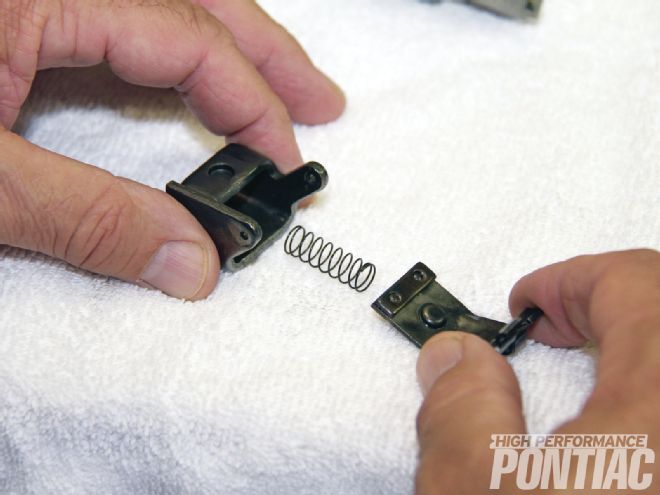 7 The weight assembly consists of a large outer weight, a tension spring, and an inner weight; the TCI kit includes a variety of springs and inner weights. Our original outer weight is to be reused.
7 The weight assembly consists of a large outer weight, a tension spring, and an inner weight; the TCI kit includes a variety of springs and inner weights. Our original outer weight is to be reused.
Once on the bench, we clipped the weight axle ends and removed the weight assemblies. TCI provides a small variety of numbered inner weights and color-coded springs to use with the original outer weights. Rather than arbitrarily picking a new inner weight/spring combination, we used a kitchen scale to measure the original inner weights and those supplied by TCI. We found our particular originals weighed 11 grams and those from TCI ranged from 6 to 14 grams. Your originals may weigh more or less, so it’s a good idea to check them.
Knowing that two 11-gram weights created shift points just past 4,000 rpm for us, we combined one 11g original weight with an 8g unit from TCI, along with the original springs. We reinstalled the governor and crossmember and lowered the car. We started the engine and let it reach its normal operating temperature, then refilled the transmission, replacing any transmission fluid that dripped out with fresh fluid. Upon the initial test drive, we found that full-throttle upshift speeds had increased to 4,250 and 4,400 rpm, respectively. While it was a step in the right direction, we were still nowhere near where we hoped.
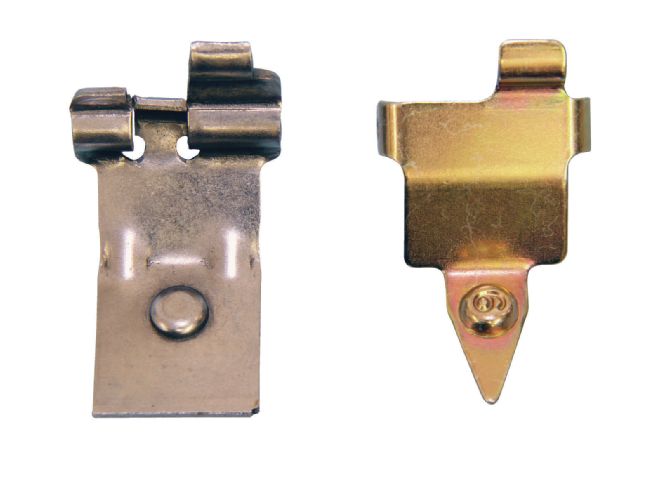 8 The original inner weight from our governor (left) weighed 11 grams. You can see how the aftermarket unit from TCI (right) differs. Its overall shape and reduced weight delay full-throttle upshifts.
8 The original inner weight from our governor (left) weighed 11 grams. You can see how the aftermarket unit from TCI (right) differs. Its overall shape and reduced weight delay full-throttle upshifts.
We returned to the garage and after letting everything cool down, we used the same procedure to remove the governor again. This time we decided to combine the No. 4 (8 grams) and No. 5 (7 grams) weights from TCI with the original springs and reinstalled everything just as before. We were uncertain just how high we would have to run the engine to achieve an upshift, so we planned to let off the throttle at 5,500 rpm if the shift into Second gear hadn’t yet occurred.
While traveling to our chosen test area, we noted that the transmission operated exactly as before, shifting smoothly and precisely at part throttle. Upon arriving at our designated marker, we came to a complete stop, rolled into the throttle, and nervously watched the tachometer climb well past 4,000 rpm. As it neared 5,500 and we prepared to lift, the transmission shifted firmly into Second and the tires yelped in anger. A quick celebration was followed by several more attempts, which revealed a 5,100 rpm full-throttle upshift into Second.
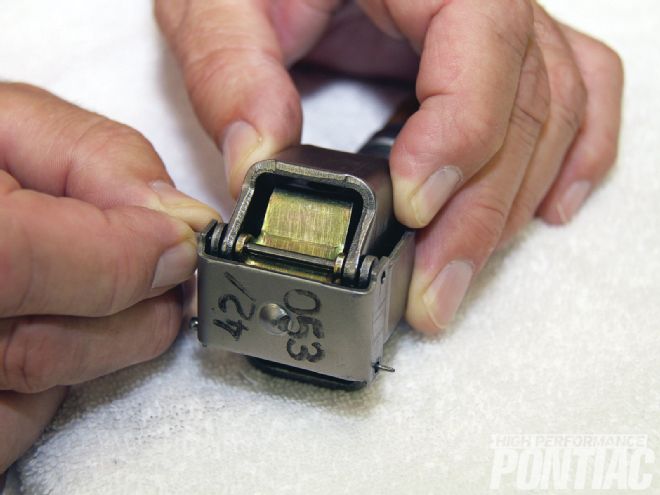 9 Once we selected the weight combination, we reassembled the governor using the new axles supplied by TCI. They are retained at each end by small 3⁄32-inch “E” clips.
9 Once we selected the weight combination, we reassembled the governor using the new axles supplied by TCI. They are retained at each end by small 3⁄32-inch “E” clips.
Our previous experience tells us the full-throttle shift into Third gear should now occur somewhere around 5,300 rpm, and we returned to that same open stretch of highway to test that theory. As we slowed to 50 mph, we floored the throttle and prepared to again let off at 5,500 rpm if the shift hadn’t yet occurred. As the tach climbed past the 5,250 mark, the transmission responded with a positive upshift into Third, exactly as we expected.
During subsequent test drives, we confirmed our Trans Am’s Turbo 400 was now consistently shifting at 5,100 and 5,300 rpm, respectively—both within the range we wanted. We could have increased upshift a few hundred rpm more by using the springs that TCI supplied—reducing the combined weight of the governor’s inner weights should increase the full-throttle shift point—but considering how we use the Trans Am, and that the performance advantages wouldn’t likely be detectable on the street, we were very satisfied with the result and decided to conclude the test.
Conclusion
Assuming your transmission functions properly and operates as intended, adjusting the full-throttle upshift speed to match the operating characteristics of your engine lends an entirely new feeling. Achieving it does require some trial and error, and it’s wise to make small changes, but having a transmission shift exactly where we want it in Drive certainly makes driving our Trans Am a much more pleasurable experience!